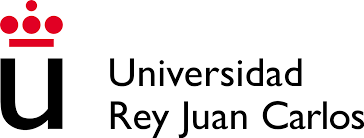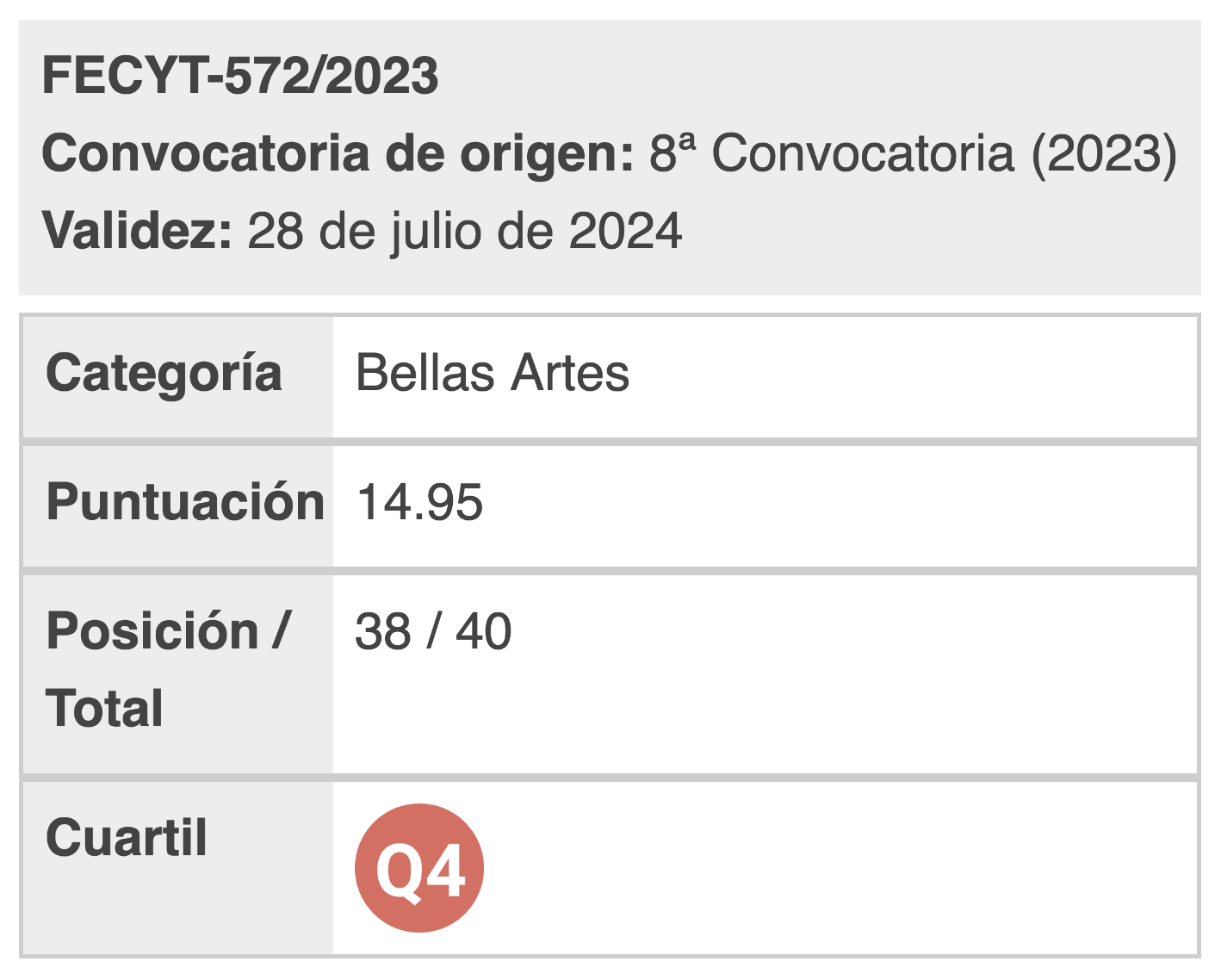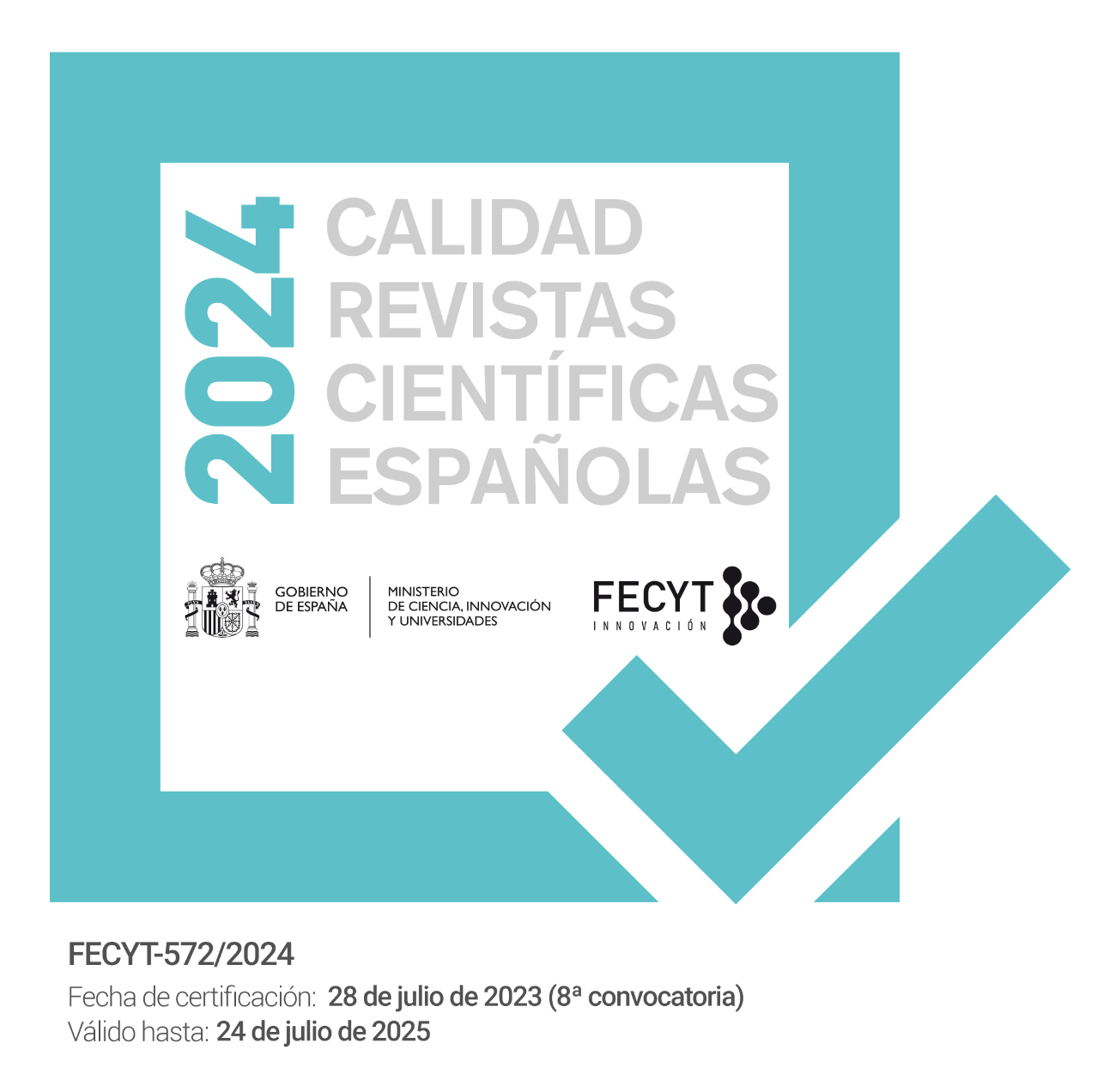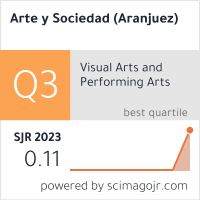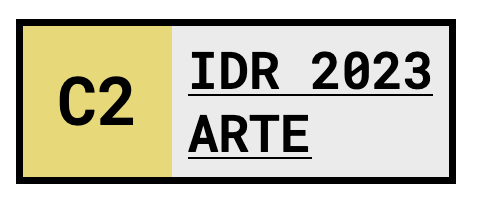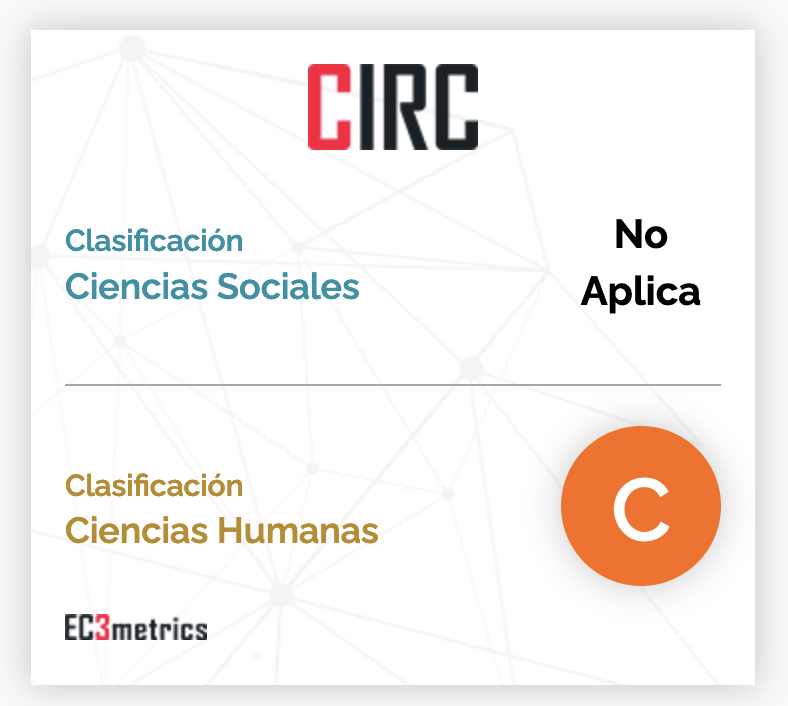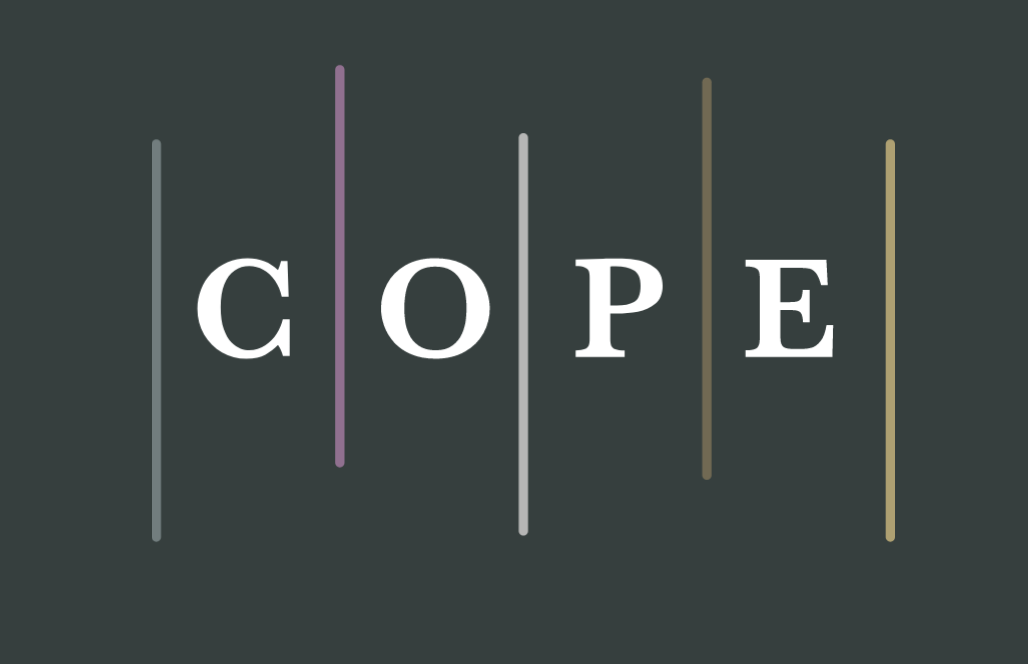Internet memes: a contemporary visual relation
DOI:
https://doi.org/10.5281/zenodo.7655849Keywords:
Poor images, memes, genealogyAbstract
This article aims to think about a particular type of contemporary image: the Internet meme. As a part of our visual economy, it is intended to expose its impact as well as its genealogy to understand why memes are so popular and efficient nowadays. This piece focuses on political memes, belonging to a satirical tradition of images, implying that these so-called “poor” images are not a totally new phenomenon but, on the contrary, a continuity with preceding visual artifacts.
References
Agamben, G. (2002). Medios sin fin. Adriana Hidalgo.
Benjamin, W. (2008). El autor como productor. CEME.
Benjamin, W. (2003). La obra de arte en la época de su reproductibilidad técnica. Itaca.
Bredekamp, H. (2017). Teoría del acto icónico. Akal.
Burucúa, J. (2007). La imagen y la risa. Periferia.
Díaz-Duhalde, S. (2015). La última guerra. Cultura visual de la Guerra contra el Paraguay. Sans Soleil.
Didi-Huberman, G. (2017). Sublevaciones. Buenos Aires: MUNTREF.
_______________ (2016)¡Qué emoción! ¿Qué emoción? Capital Intelectual.
________________(2012). Pueblos expuestos, pueblos figurantes. Manantial.
________________(2010). Cuando las imágenes tocan lo real. Círculo de Bellas Artes.
________________(2008). Cuando las imágenes toman posición. Machado Libros.
Gruzinski, S. (2016). La guerra de las imágenes. De Cristóbal Colón a “Blade Runner” (1492-1990). Fondo de Cultura Económica.
Gutiérrez De Angelis, M. (2016) “Del Atlas mnemosyne a GIPHY: La supervivencia de las imágenes en la era del GIF”, e-imagen Revista 2.0, (3), 2362-4981.
Michaud, P.( 2017). Aby Warburg y la imagen en movimiento. Libros UNA.
Pestarino, J. y Winckler, G. (2018) “Memes políticos: apropiabilidad digital en la web 2.0”. Artefacto visual 3 (4), 2530-4119.
Plevriti, V. (2014). Satirical user-generated memes as an effective source of political criticism, extending debate and enhancing civic engagement. Coventry: Centre for Cultural Policy Studies-University of Warwick.
Shifman, L. (2013) “Memes in a Digital World: Reconciling with a Conceptual Troublemaker”, Journal of Computer-Mediated Communication.18 (3), 362-377, doi: 10.1111/jcc4.12013
Steyerl, H. (2016) “En defensa de la imagen pobre” en Los condenados de la pantalla. Caja Negra.
Vives-Ferrándiz Sánchez, L. (2015) “(No) son sólo imágene: iconoclasia y yihad 2.0”, Anuario del Departamento de Historia y Teoría del Arte, 27, 1130-5517.

Published
How to Cite
Issue
Section
License

This work is licensed under a Creative Commons Attribution 4.0 International License.
You are free to:
Share — copy and redistribute the material in any medium or format.
Adapt — remix, transform, and build on the material for any purpose, including commercial.
Attribution — You must properly acknowledge the authorship, provide a link to the license, and indicate if any changes have been made.
You may do so in any reasonable manner, but not in any way that suggests that you endorse or receive any endorsement by the licensor for your use.
No additional restrictions — You may not apply legal terms or technological measures that legally restrict you from doing what the license allows.

